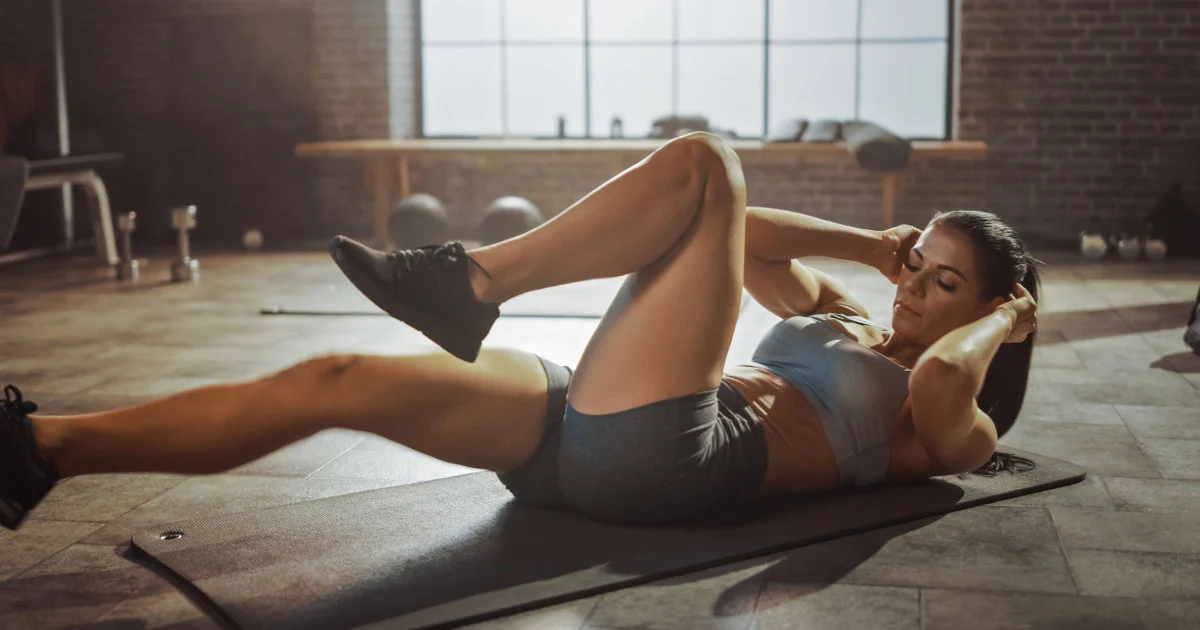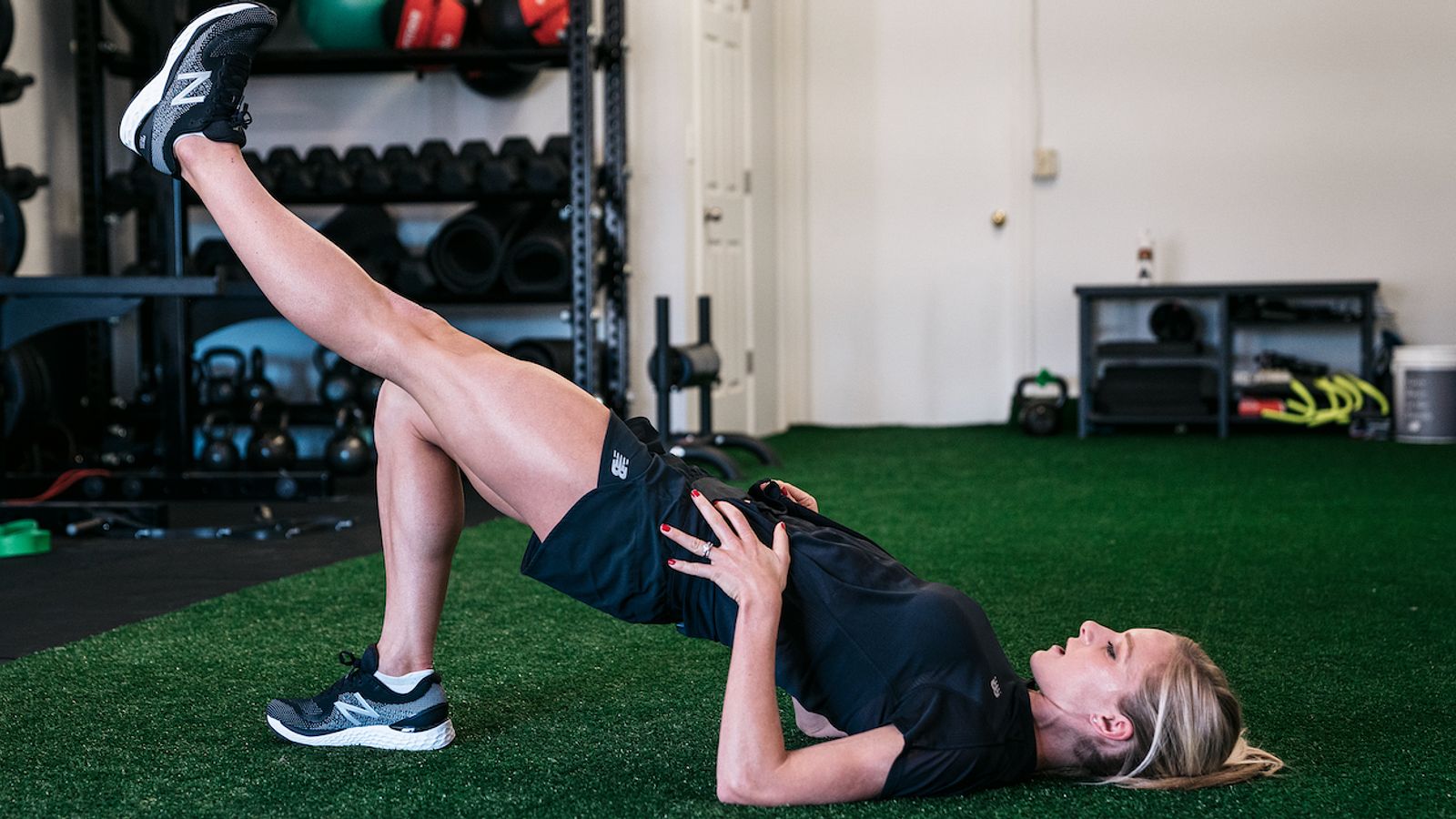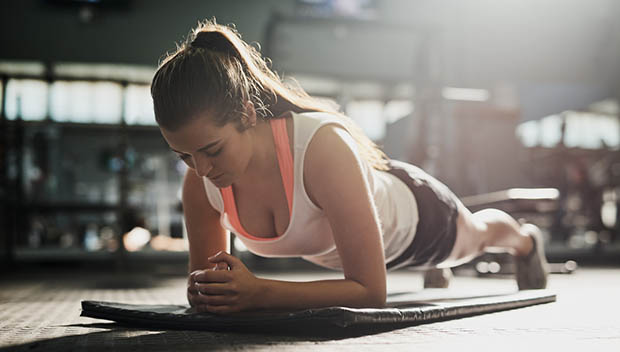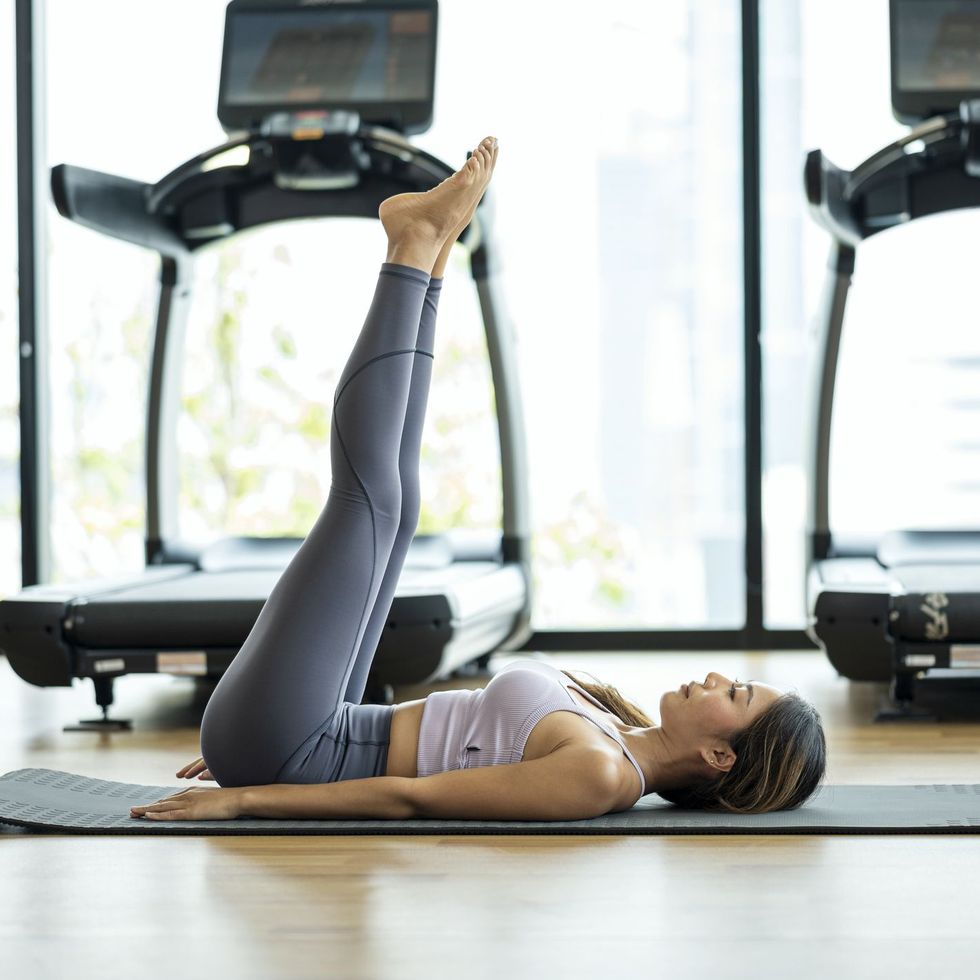Running is one of the most popular and accessible forms of exercise, allowing you to stay active and healthy while exploring the outdoors. However, relying solely on running without incorporating cross-training and strength exercises can increase your risk of injury, muscle imbalances, and fitness plateaus. A proper workout routine that complements your running training is essential for continued progress and performance. In this post, we will show the 10 best exercises for runners to take their fitness to the next level while preventing the negative effects of overtraining.

Contents
10 Best Exercises For Runners
Incorporating these exercises into your training routine can enhance running efficiency, develop overall strength, and improve core stability. Let’s take a look at the best exercises for runners:
1. Reverse Lunge
The reverse lunge is a great exercise for building lower body strength and enhancing single-leg stability. It specifically targets the muscles involved in running and can be loaded with dumbbells to increase intensity.
2. Walking Lunge
Walking lunges allow you to work on strength while moving in a forward motion, mimicking the movements made while running. This exercise helps strengthen the lower body muscles and is an effective way to build leg strength for running.

3. Single-Arm Standing Cable Row
The single-arm standing cable row is great for targeting the upper back and arm muscles. Strong upper body muscles help maintain good running posture and prevent imbalances.
4. Single-Leg Deadlift
The single-leg deadlift is a unilateral exercise that enhances balance, stability, and hamstring strength. It is crucial for runners to have strong hamstrings to support powerful strides and reduce the risk of injury.
5. Single-Arm Standing Cable Chest Press
The single-arm standing cable chest press targets the chest, shoulder, and triceps muscles. Developing strength in these muscles can improve arm swing efficiency during running.
6. Pallof Press
The Pallof press is an excellent exercise for core stability. It targets the deep abdominal muscles and helps improve posture and stability while running.
7. Lateral Step-Up
The lateral step-up is a functional exercise that targets the glutes, quads, and hamstrings. This exercise improves lower body strength and stability, enhancing running performance.

8. One-Arm Bent-Over Row
The one-arm bent-over row is another exercise that targets the back muscles, promoting good posture and upper body strength. It also helps prevent muscular imbalances in the upper body.
9. Kneeling Curl to Press
The kneeling curl to press is a compound exercise that involves the biceps and shoulder muscles. It helps improve arm strength and stability during running.
10. Side Planks
Side planks are a great exercise for core stability, specifically targeting the oblique muscles. A strong core contributes to better running form and prevents injuries.

How Much Strength Training Do Runners Need To Do?
As a runner, you might be wondering how much strength training you should incorporate into your routine. The answer depends on your specific goals and needs. Here are a few key points to consider:

- Frequency: Aim to strength train with a full-body routine two to three times per week. This allows for adequate recovery and adaptation.
- Focus on single-leg stabilization and core strength: These two areas are especially important for runners. Single-leg exercises help improve balance and stability, which are essential for maintaining proper running form. Core exercises enhance stability and help prevent injuries.
- Adapt to your needs: If you have physical limitations due to injury or a health condition, you can modify strength training exercises to suit your individual needs. Working with a qualified fitness professional can help ensure that you are performing exercises safely and effectively.
- Tailor your training based on your goals: Your strength training priorities may vary depending on your running goals. For example, if you aim to build power, focus on exercises that increase explosive strength. If you want to improve endurance, incorporate exercises that challenge your muscular endurance.
Stay committed, stay consistent, and enjoy the benefits of a stronger, more resilient body that will take your running to the next level. Happy running!
Frequently Asked Questions
Can running reduce belly fat?
Running can help reduce overall body fat, including belly fat. However, spot reduction is not possible, and it’s important to combine running with a balanced diet and other forms of exercise for effective fat loss.
What foods give energy for running?
Foods that provide energy for running include complex carbohydrates like whole grains, fruits, and vegetables; lean proteins like chicken, fish, and legumes; and healthy fats like avocados and nuts. It’s also important to stay hydrated and consume sufficient calories for fueling your runs.
Which exercise is good for running?
Speed skaters are an excellent exercise for runners, as they provide a total body workout with a cardio component. Speed skaters combine squats, lunges, and running in place, promoting strength, endurance, and fat loss.
Is running OK to do everyday?
Running can be done daily but should be balanced with rest and recovery days. Listen to your body and adjust your running frequency and intensity accordingly. Incorporating cross-training activities and allowing for adequate rest can help prevent overuse injuries and improve overall performance.

Hello, I’m Ravindra. Over the years, I’ve immersed myself deeply into the world of fitness and health, transforming both my body and mind. Writing has allowed me to share my journey, insights, and expertise with those just starting out and seasoned fitness enthusiasts alike. Beyond just routines and diets, I believe in inspiring others to adopt a holistic approach to well-being.
